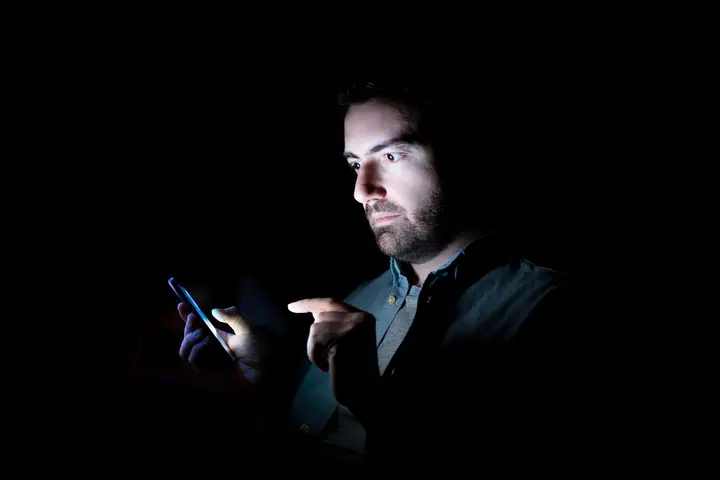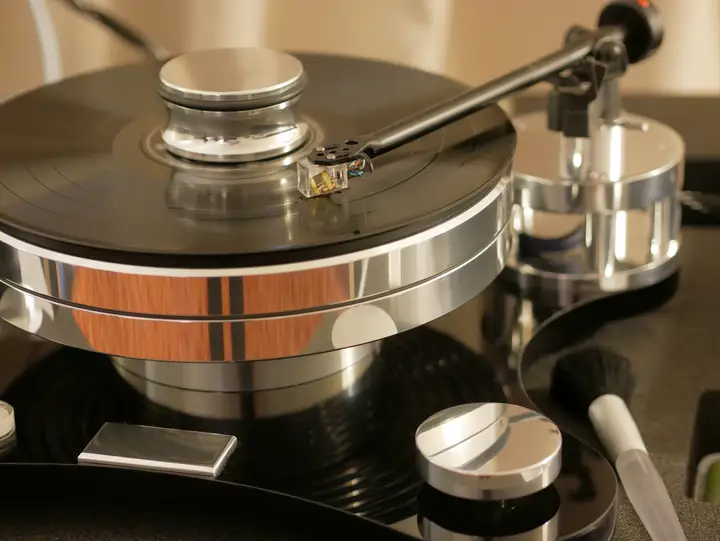Brown Noise in ADHD
More recently brown noise gathered attention that this may be helpful for ADHD symptoms and sleep. Brown noise is mainly using lower frequencies, creating lower-pitched noises that sound more pleasant to some. Brown noise may assist some people diagnosed with ADHD to relax or focus, despite the fact that it would not initially seem like it might have that effect. The brown noise it’s been compared to the sound of stormy weather, thunder, and strong wind. Because it might promote relaxation, it is believed to be a preferable noise to fall asleep to.

What is the science behind brown noise?
Some limited studies have suggested that the more researched white noise, may improve concentration and cognition in people suffering from ADHD. There can be an argument from an evolutionary perspective, such as people have always been exposed to different types of brown noise in the nature. Some may say that sitting in a perfectly quiet environment may not be feasible, as we always been exposed to some sort of noise in the past. We need research studies on brown noise use in ADHD and this requires time and resources allocated in this area.
Natural sources of brown noise: sounds of waves on the seashore, heavy rainfall, rumbling thunder, sound of a rushing river

What is white noise?
Every audible frequency is represented in white noise, which is composed of random noises. Low-intensity noise simply disappears into the background for the majority of individuals. However, it may be helpful in blocking off auditory disturbances for those who have ADHD. Nature contains certain kinds of white noise. A few of these include: Ocean waves, Sound of rain, Waterfalls, or the Sound of a summer breeze.
Technology and devices create certain kinds of white noise too, for example: Some of the noise-cancellation headphones, Radio or television static noise, Hum of an air conditioner, A laptop's fans.

What is the science behind white noise?
Although most limited studies on white noise have been conducted on elementary- or middle-school-aged children, the findings may apply to adults. It might help people working from home, or falling asleep if they have access to white noise. Some noise-cancellation headphones use a form of white noise for isolating the sounds from outside noise.
White noise may help some people with inattentive ADHD, but there is currently insufficient evidence to draw any firm conclusions from research on the topic.
Natural sources of white noise: a breeze sifting through trees, the sound of falling rain, ocean waves

What’s the Difference between Brown Noise, White Noise and Pink Noise?
White noise combines all sound frequencies a human can hear, and plays them all at once at the same amplitude or volume. Brown noise is composed of a wide range of frequencies, with an emphasis on the lower frequencies. Pink noise is a milder version of white noise, playing the lower frequencies slightly louder. Brown noise, commonly also referred to as "brownian or red noise", amplifies the lower frequencies even more than pink noise. Pink and brown noise, may be more calming to some as these are more common in the nature.
Natural sources of pink noise: the sound of a steady rain, rustling leaves or heartbeats

What is the best source of brown noise?
Natural sources of brown noise are perhaps the preferable option, although these may not be always accessible or sustainable. Some of the sunrise and sunset alarm clocks, can have built-in brown noise and white noise sounds. Taking in consideration your partner's opinion it is important in managing relationships in ADHD. Working with a professional in managing symptoms of ADHD it is key, as the best outcomes are achieved using a holistic approach.

Conclusions
The brown noise and the above mentioned noise colors exists in the nature. Therefore from an evolutionary perspective there may be a link and help some. More time and research are needed to precisely indicate the usefulness and limitations of different sound colors in Adults suffering from ADHD.
Regardless of the type of noise, people should avoid hearing noises above 70 dB due to the risk of noise induced hearing loss. Some sufferers with both ADHD and auditory sensitivity may find it difficult to experience any type of noise color and a quiet environment may be more beneficial. Becoming "easily distracted by noises or events" it is recognised by one of the most used ADHD diagnostic structured interviews.

ADHD Expert Support: assessment and treatment
If you're living in London or the UK and suspect you might have ADHD, there's a reliable resource right at your fingertips:
Dr Stefan Ivantu offers, comprehensive ADHD assessments that can help you understand your unique experiences and unlock the path to a more fulfilling life.
Here's why you should consider booking an assessment with a psychiatrist:
Expert guidance: feel listened and make your personal story understood. Receive personalised insights into your difficulties.
Accurate diagnosis: Get a clear understanding of your strengths and challenges, so you can make informed decisions about treatment and support.
Personalised strategies: Develop sustainable coping mechanisms and strategies to manage your ADHD symptoms so you can continue to thrive.
Book your private assessment today!
References
White noise as a possible therapeutic option for children with ADHD - PubMed (nih.gov)
Noise as a sleep aid: A systematic review - PubMed (nih.gov)
White noise enhances new-word learning in healthy adults - PubMed (nih.gov)
Brown noise could help people with ADHD focus - The Washington Post
Noise-Induced Hearing Loss (NIHL) | NIDCD
Disclaimer: The information is not intended nor implied to be a substitute for professional medical advice, diagnosis or treatment. All content, and information, contained in this article is for general information purposes only and does not replace a consultation with your own doctor/health professional
.svg)
.svg)





.svg)






